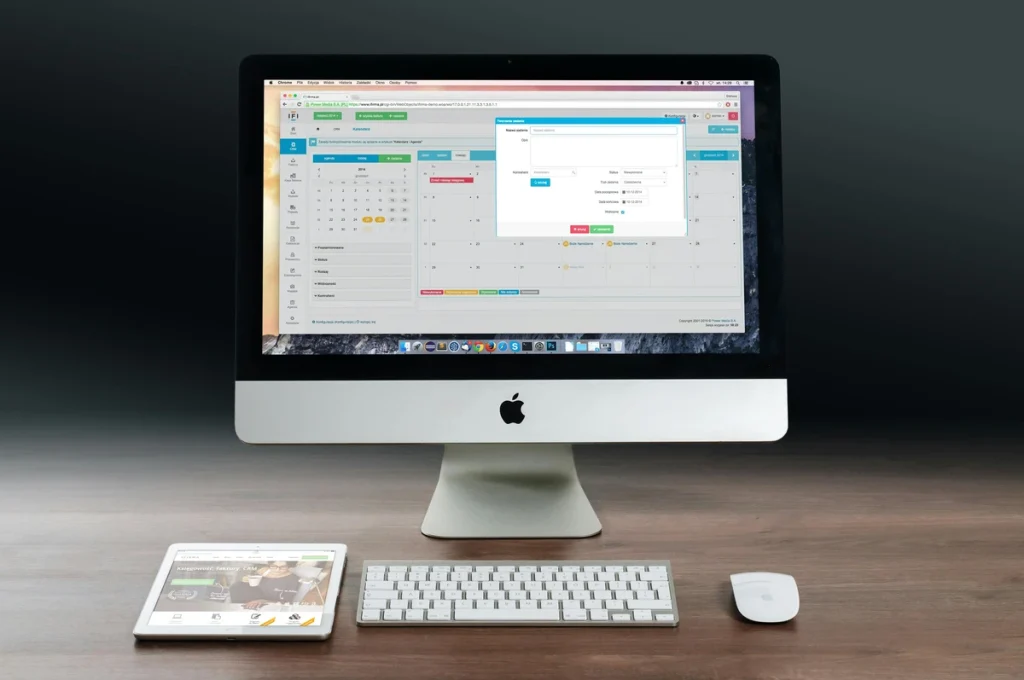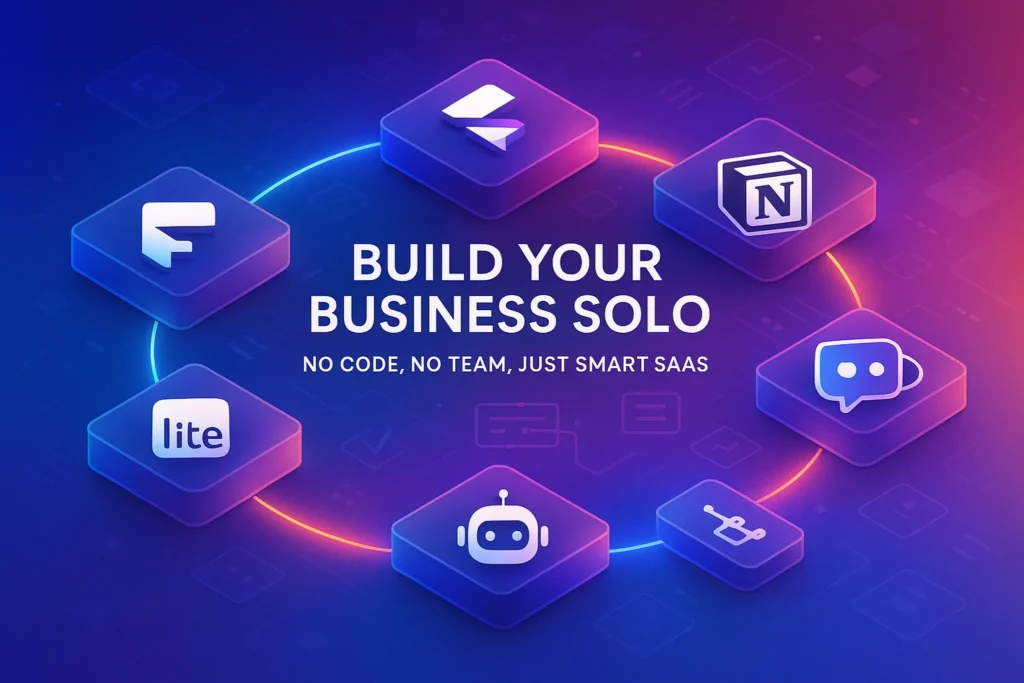Why Automating Customer Feedback Matters
Collecting feedback is the lifeblood of any business that wants to improve. Yet, doing it manually—through sporadic surveys, one-off email blasts, or phone calls—often means inconsistent data, low response rates, and wasted time. Automation flips this process on its head. Instead of scrambling to ask customers for input, businesses can set up systems that request, gather, and organize feedback without human intervention.
Think about it: the moment someone completes a purchase, cancels a subscription, or contacts support, you can automatically trigger a feedback request. That’s not only more efficient for your team, it also captures the customer’s sentiment at the most relevant moment. In an era where AI-powered tools for social media marketing already streamline outreach, it makes sense to apply the same logic to feedback loops.
At its core, automated feedback collection isn’t about replacing human connection—it’s about freeing up humans to focus on analysis and action instead of chasing down responses.
Step 1: Choose the Right Channels
Feedback isn’t one-size-fits-all. Some customers respond better to quick in-app surveys, others to email questionnaires, and some to a simple star rating after an interaction. The first step in automation is deciding where feedback fits naturally in your customer journey.
For e-commerce businesses, embedding post-purchase surveys directly into confirmation emails is often the most effective approach. For SaaS platforms, in-app prompts that appear after a user completes a key action feel more seamless. If you’re running a Shopify store, pairing feedback collection with email automation for Shopify store owners can ensure you’re not adding extra manual work while still gaining valuable insights.
Choosing the right channel means balancing visibility with non-intrusiveness. Too frequent requests risk survey fatigue, while too few touchpoints can leave you blind to customer pain points.
Step 2: Automate Feedback Triggers
The real magic of automation comes from triggers—predefined events that launch a feedback request without anyone on your team lifting a finger. Imagine a scenario where every support ticket automatically ends with a “How did we do?” survey, or where every canceled subscription prompts a short exit questionnaire.
By linking your CRM and customer communication tools, you can ensure feedback is collected in real time. Many companies also combine this with automated marketing reports to create a holistic view of both customer sentiment and business performance.
When building triggers, always tie them to meaningful actions: purchases, cancellations, renewals, or specific interactions. This makes the data not only more reliable but also easier to contextualize.
Step 3: Use Automation Tools to Collect and Organize Data
Once triggers are in place, tools step in to handle the heavy lifting. Platforms like Typeform, Google Forms with Zapier, or advanced solutions like HubSpot’s Service Hub can capture and organize feedback automatically. These tools don’t just collect answers—they structure them into dashboards, spreadsheets, or CRM entries so your team can act fast.
For businesses without technical teams, email automation for non-techies is often the easiest gateway. Tools like Mailchimp or ConvertKit can be configured to send automated feedback forms while syncing results back into your database. Pairing these with a workflow automation tool ensures no response is ever lost in an inbox.
The key is making sure responses are actionable. If data sits in a silo, you’re just automating for the sake of it. Integration is what makes automation powerful.
Step 4: Close the Loop Automatically
Collecting feedback is only half the battle. Customers want to feel heard, which is why automation should also handle acknowledgment. A quick automated thank-you email or a personalized response when someone leaves a low rating goes a long way in maintaining trust.
For startups, using all-in-one marketing platforms for startups can help consolidate both collection and response into a single workflow. For instance, a negative review can trigger both an alert for your customer success team and a follow-up message apologizing for the issue. On the other hand, positive feedback can feed into testimonial collection workflows, fueling your marketing efforts.
This is how automation turns customer input into customer loyalty—by showing that responses actually lead to action.
Step 5: Analyze Trends and Improve Strategy
Automation ensures data flows smoothly, but humans still need to make sense of it. By connecting your feedback collection to analytics dashboards, you can identify trends over time. Are customers consistently frustrated during onboarding? Do certain products receive more positive reviews than others?
Pairing automated collection with tools that generate automated marketing reports gives decision-makers a complete picture. Instead of drowning in raw feedback, you see clear, actionable insights.
As customer expectations evolve, continuously refining your triggers and feedback processes ensures your automation system never feels outdated. Feedback isn’t static—neither should your collection method be.
📬 Want More Smart AI Tips Like This?
Join our free newsletter and get weekly insights on AI tools, no-code apps, and future tech—delivered straight to your inbox. No fluff. Just high-quality content for creators, founders, and future builders.
🔐 100% privacy. No noise. Just value-packed content tips from NerdChips.
🎨 Quick Checklist for Automating Feedback
✅ Identify key touchpoints where customer input is valuable
✅ Select the right automation tool for your business size and needs
✅ Set up event-based triggers tied to customer actions
✅ Organize responses directly into your CRM or analytics dashboard
✅ Automate acknowledgments to close the loop with customers
📝 Best Practices for Writing Feedback Questions
Automating surveys is only effective if the questions themselves are well designed. Too often, businesses send long or vague surveys that frustrate users and generate poor-quality data. The key is to strike a balance between depth and simplicity. Start with clear, specific questions that are easy to answer in under a minute. For example, instead of asking “What do you think about our service?” try “How easy was it to navigate our checkout process?” This not only focuses the response but also ensures the data you collect is actionable. Using a mix of formats—like rating scales for quick insights and one open-ended question for context—creates well-rounded feedback without overwhelming the customer. Automation tools can rotate or A/B test survey questions, helping you refine which ones deliver the best insights over time.
🎯 Segmentation and Personalization in Automated Feedback
Not all customers should receive the same feedback form. A new customer who has just completed their first purchase likely has very different insights than a long-time subscriber. Automated tools allow you to segment users based on behavior, purchase history, or even engagement frequency. For instance, you might send onboarding surveys to new users, loyalty program feedback requests to long-term customers, and product improvement surveys to those who recently interacted with support. Personalization makes the feedback experience feel more relevant and respectful of the customer’s journey, which in turn improves response rates. By tailoring your automated system to customer segments, you avoid the one-size-fits-all trap and collect richer, more precise data.
🤖 Using AI for Feedback Analysis
Collecting feedback is only half the story—the real challenge is analyzing it at scale. That’s where AI steps in. Modern feedback automation platforms often come with sentiment analysis, natural language processing (NLP), and trend-spotting features. Instead of manually reading through thousands of responses, AI can automatically categorize feedback into themes like “pricing,” “usability,” or “support experience.” It can also detect sentiment, allowing you to quickly see if customers are generally happy, neutral, or frustrated. For a small business, this saves hours of manual work and reveals insights you might otherwise miss. The combination of automation in both collection and analysis means you’re not just gathering data—you’re turning it into actionable intelligence.
🔐 Ethics and Privacy in Automated Feedback
Customers are increasingly aware of how their data is collected and stored. If your automated feedback process doesn’t address privacy, you risk losing trust. Always ensure your feedback tools comply with major data protection regulations like GDPR or CCPA. Clearly communicate why you’re collecting data and how it will be used. For example, add a short line such as “We use your feedback to improve your experience—your responses are anonymous and never shared with third parties.” Respecting customer privacy is not just a legal checkbox—it’s a trust-building opportunity. Businesses that are transparent about their data practices often see higher engagement in surveys and greater brand loyalty in the long term.
📊 Real-World Example: A Small E-Commerce Store
Consider a small online fashion store struggling with high cart abandonment rates. Instead of guessing why customers leave before purchasing, the owner sets up an automated exit survey triggered when users abandon their cart. Within weeks, the feedback reveals a pattern: many shoppers found the shipping fees unclear. Using this insight, the store redesigned its checkout page with a transparent shipping calculator. Abandonment dropped by 20%, leading to a direct revenue boost. This mini case study illustrates how automation doesn’t just save time—it directly ties into business outcomes by identifying hidden pain points and providing the evidence needed to fix them.
⚠️ Pitfalls to Avoid in Automated Feedback
While automation is powerful, it’s easy to misuse. One common mistake is survey fatigue—bombarding customers with too many requests. Even loyal users will ignore surveys if they feel spammed. Another trap is ignoring the feedback you collect. If customers take the time to respond but see no changes or acknowledgment, they may become more dissatisfied than if you had never asked in the first place. Automation should also avoid being robotic; sending cold, generic surveys can backfire. The solution is balance: limit requests to key touchpoints (e.g., after purchase, after support interaction), keep surveys concise, and follow up on feedback where possible. By avoiding these pitfalls, businesses ensure their automation feels like a helpful dialogue rather than a one-way data grab.
🧠 Nerd Verdict
Automating customer feedback is more than just a productivity hack—it’s a growth strategy. Businesses that listen at scale can adapt faster, improve retention, and uncover opportunities competitors miss. The key isn’t just gathering opinions; it’s transforming them into insights and actions. Automation lets you do that continuously, without draining your team’s time.
❓ FAQ: Nerds Ask, We Answer
Would You Bite?
Would you trust automated systems to handle all your customer feedback, or do you believe some conversations should always stay human-driven?



